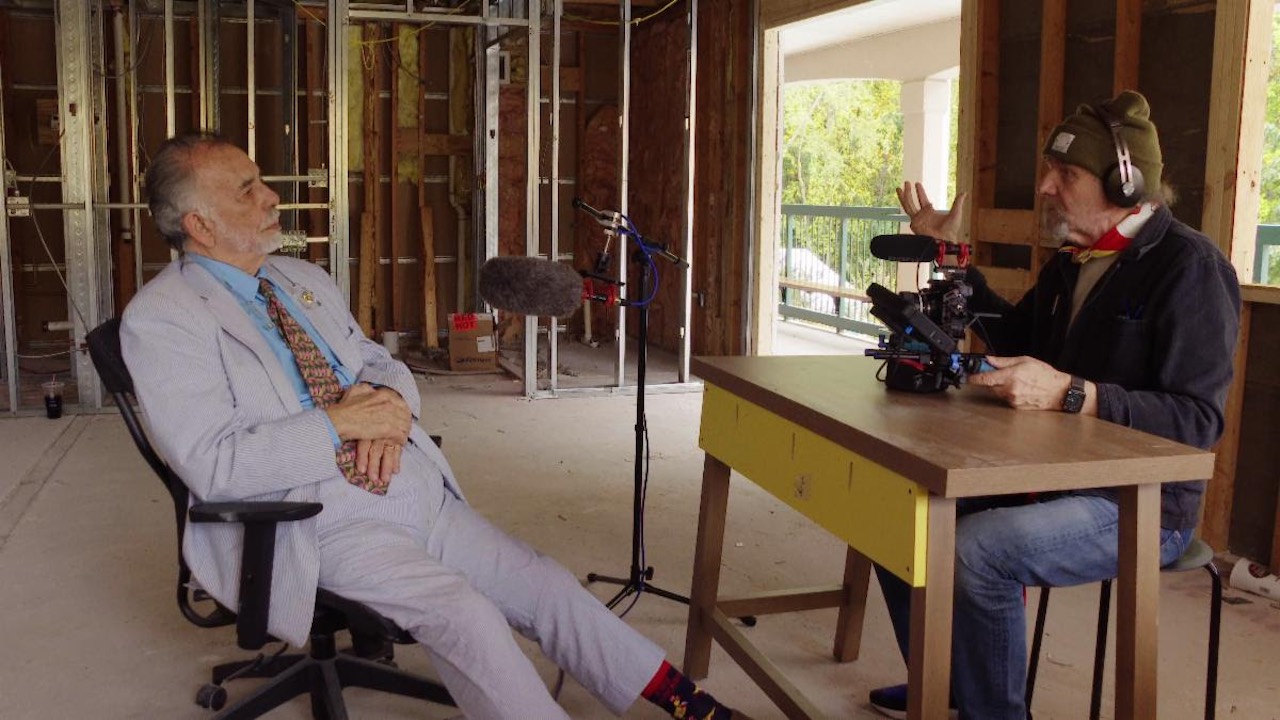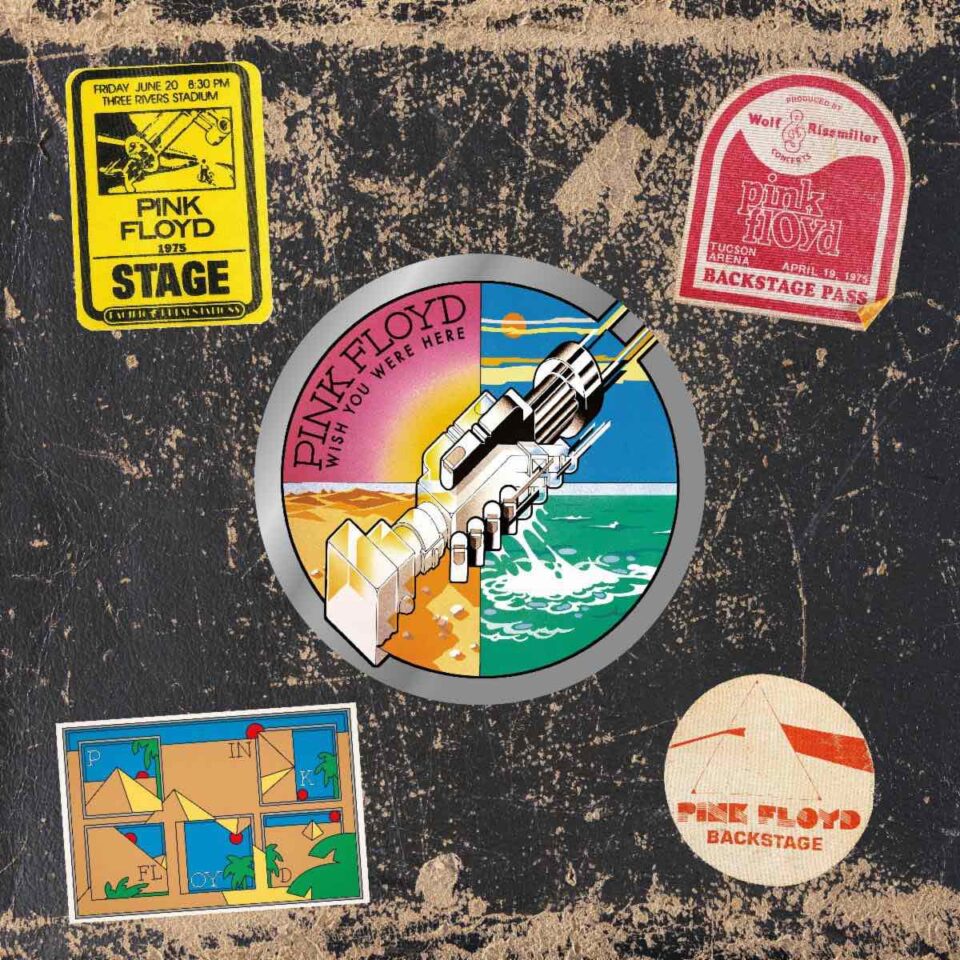At this point, there’s a whole industry devoted to trying to put Francis Ford Coppola’s career into context. The last few years alone have seen the release of an exhaustive biography of the filmmaker and a woefully ill-advised limited series tracking the behind-the-scenes drama of The Godfather. Then, of course, there’s iconic works of Hollywood mythmaking like Peter Suskind’s Easy Riders, Raging Bulls and Hearts of Darkness: A Filmmaker's Apocalypse (the latter co-directed by Coppola’s wife Eleanor, adapted from her journals), both of which canonize Coppola for his importance to New Hollywood without overlooking the insanity that comes with the territory. And now we have Megadoc from filmmaker Mike Figgis, a look under the hood of Megalopolis, one of the more remarkable movies ever released.
I’d be remiss if I didn’t deconstruct that last sentence a bit. For one thing, “remarkable” is not a value statement, though it is often used as one. I can make many remarks about Megalopolis, but whether any of them would be compliments is another matter. Truth be told, I remain so thoroughly baffled by the film that value judgements seem almost beside the point. Megalopolis simply is, in all of its incredibly flawed, helplessly ambitious glory. Which brings me to the “released” portion of the sentence. One of the defining traits of Coppola’s 23rd feature film is that you can’t really see it at this point. Sure, Megalopolis premiered last spring at the Cannes Film Festival. And yeah, you might have caught it during its (very) limited theatrical run later that year, but any attempt to watch the movie now, at home or otherwise, leads you down a series of dead-ends, the only options seemingly being an illegal torrent or a sketchy looking eBay offer.
All of which makes Megadoc—an exhaustive exploration of the process of making a movie that barely exists by one of the greatest filmmakers of all time—such a fascinating proposition. Figgis’ approach, too, is something of a conundrum. On the one hand, Megadoc is pretty straightforward stuff; fly-on-the-wall observations, desk-bound talking heads, a smattering of archival footage. And yet Figgis himself is constantly interjecting, lamenting, and luxuriating directly into the camera about the film in real time. It's a documentary that doesn’t know what it wants to be about a movie that didn’t know what it wanted to be—revealing, if nothing else, the layers of improvisation taking place on a movie set at any given time. “I keep looking for the conflict,” says Figgis, as if this is a statement that a documentary filmmaker needs to express.
Good thing for Figgis, he need not look far. Shia LaBeouf is a walking, talking conflict with, I must admit, an undeniable control of the screen. He’s almost unfathomably intense during every scene Figgis shows of him working with Coppola and his fellow actors, a force of will seemingly intent on pissing off every person in his orbit, questioning each decision, and ceding no ground. “He drove me nuts,” says Coppola toward the end of the documentary. “But his performance was great.” For fear of pathologizing Coppola, he does seem preternaturally drawn to the kinds of actors who elicit this very statement. Megalopolis alone features such prickly customers as Dustin Hoffman and Jon Voight which—along with Coppola’s experiences with the patron saint of bad behavior, Marlon Brando—betrays an attraction to a certain type of “genius.” Notable in this regard is how little we see of Megalopolis star Adam Driver who, aside from a fairly unremarkable sit-down interview, did not wish to appear in the documentary.
To Figgis’ credit, he does less fawning than one might expect from a filmmaker making a sanctioned documentary about another. Sure, the documentary talks of genius, vision, and creative bravery, but what it shows, more than anything, is a man in his mid eighties having an increasingly difficult time expressing what that vision actually is and how to achieve it. We see a steady stream of confused production heads trying their best to tease out answers—some of which change midway through production—but it’s never clear, in either the documentary of the finished product, whether anyone was ever truly on the same page. During these sections in particular, we’re reminded just how out-on-a-limb Coppola was with Megalopolis, a completely self-financed film with a budget of $120 million. And it’s hard not to let this shade the experience of both the finished movie and Megadoc.
Francis Ford Coppola is a hard-headed man with a very specific creative vision and a spotty record of bringing that vision to life. In the end, the fact that his film, along with the documentary that captured its making, might represent the last time we’ll get a glimpse of that vision is as despairing as it is unsurprising.







